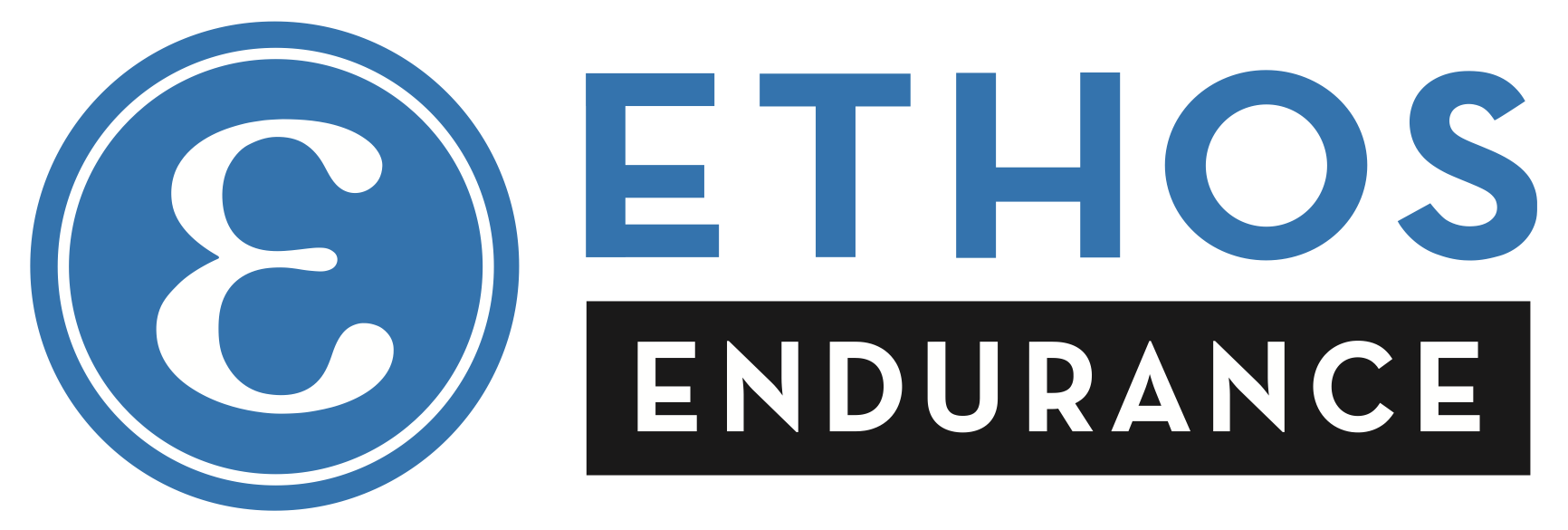Anyone that spends a lot of time in the kitchen knows that there are three types of cooking: using a recipe, using a formula or winging it. A recipe is perfect for repeating a dish in terms of flavor and consistency. A formula is necessary for anything involving a chemical reaction such as baking. Formula’s are much less forgiving than recipes and frequent tinkering often results in a baking disaster. Winging it is fun and leads to often terrific dishes that the chef is never able to replicate.
I know triathletes and business owners that generally fall into the three cooking categories. Many successful ones tend to fall into the recipe method. The truly outstanding ones seem to subscribe to the formula method.
The most common formula of people that have repeatable great triathlon seasons:
Consistency. These people know how to work and train. Their friends often think they are boring. They do the work every day in every area of their life. They are predictable and steady. They don’t think about whether or not they have time to train today. They make the time and have pride in getting it done.
Strategy. These people have a plan and they work the plan. They may hire consultants/coaches to help them build the plan. They make sure the plan has goals, tests, and they review it frequently. These triathletes prepare to train. They don’t just read the goals for the day’s workouts but they search their database for their previous performance of a similar workout. They know what their zones are and they hit them. They compare testing results and track progress. These triathletes are always benchmarking where they are and where they are going.
Efficiency. These people have a lot going on in their life. This often includes successful careers, partners, children, mortgages, etc. They adapt and improvise by making their life and their training as efficient as possible. They use technology to pay bills, manage their training and order nutrition. Lots of it. They understand that every minute of every day counts and each has to be used in the most efficient way possible.
Recovery. These people understand that out of 24 hours they will workout an average of two to three hours per day. The other 10 waking hours need to be about getting their body prepared to perform at the highest level the next day and the day after it. Food, sleep, massage are all important parts of the real work; recovering to train. A well recovered body is one that stays healthy without injury or sickness.
Notice I didn’t mention diet, how many grams their wheels weigh or their CP5. It is not that these athletes don’t care about these details but rather that they have a formula that is simple and repeatable.
I once had an opportunity to hear Pat Summitt (University of Tennessee Lady Vols Head Coach and one of the most successful basketball coaches in the nation) speak. She told the audience that she could tell them everything she practiced; from the daily drills to how to run their offense and defense. She went on to say that no one could duplicate their success. Why? No one executes like her and her team.
My key to my best season ever? Executing my four habits. Every day. No excuses, only forward motion.
No Easy Way!
